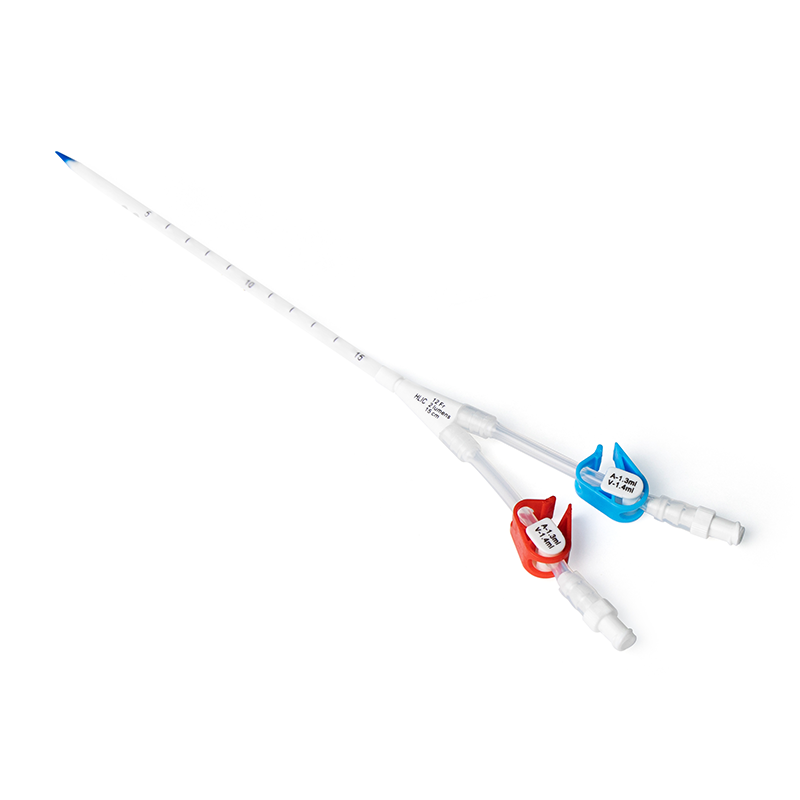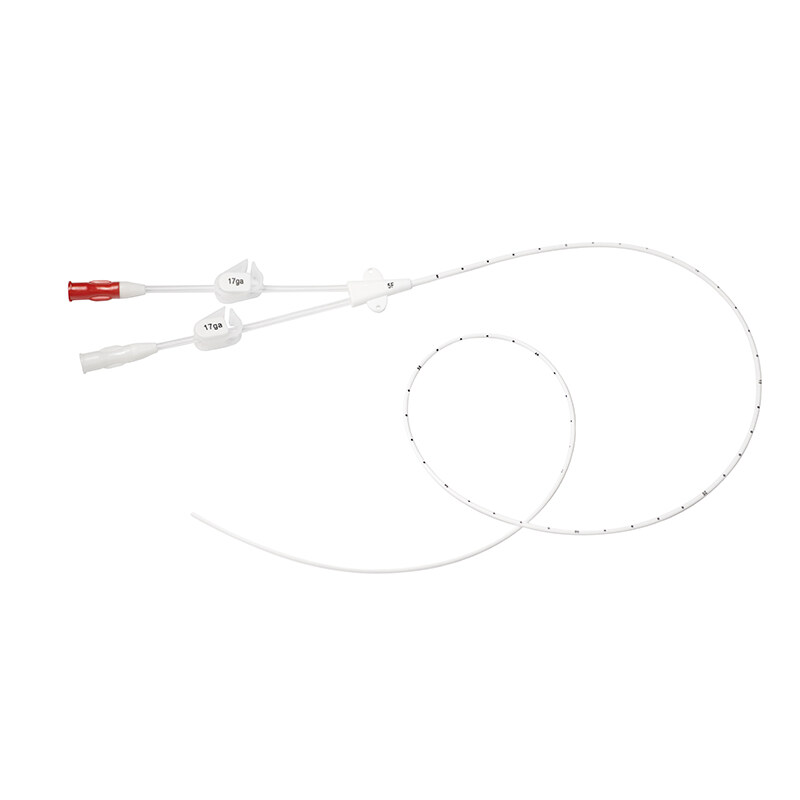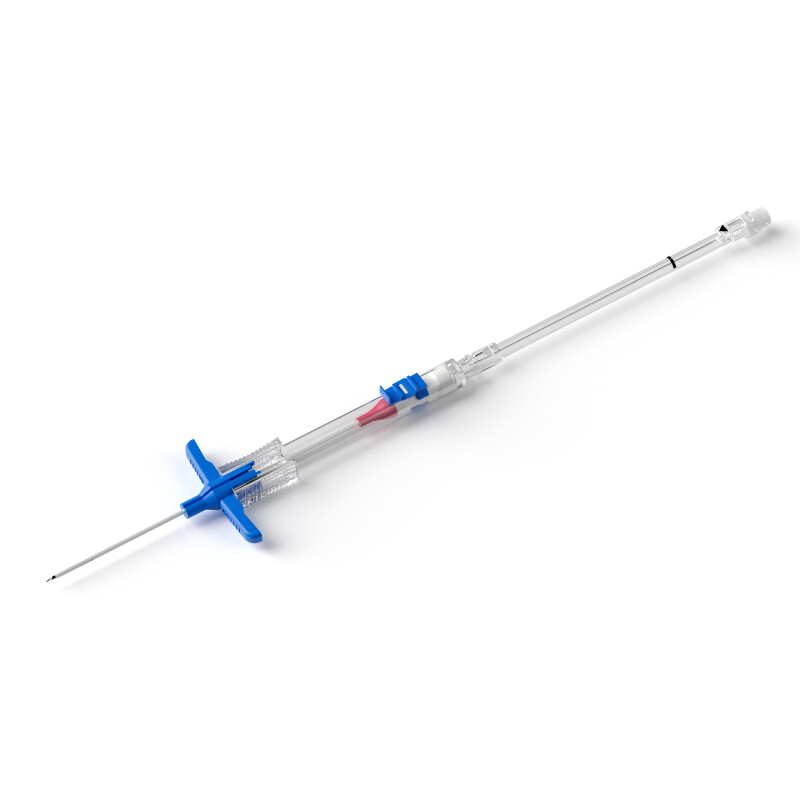|
Category
|
Evidence Content
|
Evidence Level
|
|
Medical Staff Training
|
1. Regularly assess and inspect medical staff to understand their mastery and implementation of blood collection norms or guidelines for CVAD, and blood collection operations should be performed by trained personnel [¹⁴·¹⁶].
|
2
|
|
2. Medical staff should adopt a standardized blood collection process to prevent blood sample hemolysis, coagulation, or insufficient blood collection volume, which may affect blood analysis results [¹⁴].
|
2
|
|
Blood Collection Method
|
3. When collecting blood via CVAD, the push-pull mixing method or the discard method can be adopted [¹⁴].
|
2
|
|
4. Using the push-pull mixing method for blood collection does not require discarding blood, and there is no need to disconnect the syringe from the CVAD, which can reduce the risk of blood loss and infection in patients [¹⁴].
|
2
|
|
5. Push-pull mixing method: Connect a 10 ml sterile syringe to the CVAD. Without disconnecting the syringe connection, gently draw 4 - 6 ml of blood into the syringe, and then slowly push it back into the CVAD. Repeat the process of drawing and pushing back for 4 cycles. Then disconnect and discard the syringe to collect the blood sample [¹⁴].
|
2
|
|
6. Discard method: The discard volume is 3 - 25 ml, among which the discard volume for children is 3 - 5 ml [¹⁴·¹⁶].
|
3
|
|
7. It is recommended that the discard volume for blood collection via non-tunneled catheters is 6 ml, and that for tunneled catheters is 9 ml [¹⁶].
|
3
|
|
8. When collecting blood via CVAD for coagulation function tests, it is recommended that the discard volume is ≥5 ml to ensure the accuracy of test results, but this volume may lead to hospital-acquired anemia [¹⁴].
|
2
|
|
Collection of Special Specimens
|
9. Except for diagnosing CABSI, avoid collecting blood culture specimens via CVAD [¹⁴].
|
2
|
|
10. To diagnose CABSI, blood from peripheral veins and within the catheter should be collected separately for culture [¹⁴·¹⁶·¹⁸·²⁰].
|
2
|
|
11. To diagnose CABSI, for multi-lumen CVAD, 1 blood sample should be collected from each lumen [¹⁴·¹⁸].
|
2
|
|
12. When diagnosing CABSI in hemodialysis patients, if blood cannot be collected from peripheral veins, 2 separate samples should be collected from the CVC or the dialysis circuit connected to the catheter, with an interval of 10 - 15 min [¹⁸].
|
2
|
|
13. To diagnose CABSI, if the patient is undergoing dialysis and there is no significant difference in the culture results of blood from peripheral veins and within the catheter, peripheral vein blood collection can be omitted [¹⁶].
|
2
|
|
14. Before collecting blood culture specimens to diagnose CABSI, the needleless connector at the distal end of the CVAD should be removed and discarded to reduce the risk of false-positive blood culture results [¹⁴·¹⁶].
|
2
|
|
15. When collecting blood culture specimens to diagnose CABSI, the blood sample from the initial stage of blood collection should not be discarded [¹⁴·¹⁶].
|
2
|
|
16. When using a special blood culture bottle for blood collection via CVAD, the bottle should be kept upright and its instructions for use should be followed to prevent the culture medium from flowing back into the CVAD and veins [¹⁴].
|
2
|
|
Blood Collection Quality Control Strategy
|
17. When collecting blood via multi-lumen CVAD, it is recommended to select the lumen with the largest diameter. If the lengths of the lumens are different, blood should be collected from the lumen whose opening is farthest from the heart [¹⁴·¹⁶].
|
2
|
|
18. When monitoring blood drug concentration, blood should be collected from the dedicated lumen that does not infuse the drug [¹⁴·¹⁶].
|
2
|
|
19. When monitoring blood drug concentration, if a dedicated lumen cannot be used, the test results may be high. The drug name, dose, last infusion time, and sample collection time should be provided to the laboratory for easier verification of test results [¹⁴·¹⁶].
|
2
|
|
20. It is not advisable to routinely collect blood from the lumen for parenteral nutrition infusion to reduce the risk of CABSI [¹⁴·¹⁶].
|
2
|
|
21. For patients who have been receiving parenteral nutrition for a long time, blood can be collected via CVC for blood tests under strict adherence to aseptic techniques [¹⁷].
|
2
|
|
22. Before collecting blood via CVAD, the infusion of solutions and drugs through other lumens should be stopped [¹⁴·¹⁶].
|
1
|
|
23. Infusion should be stopped for at least 2 min before blood collection [¹⁸].
|
5
|
|
24. Before connecting the catheter, the catheter interface should be disinfected with chlorhexidine gluconate or 70% ethanol solution [¹⁵·¹⁶·¹⁹].
|
1
|
|
25. Before and after blood collection, 10 - 20 ml of physiological saline without preservatives should be used to thoroughly flush the lumen [¹⁴·¹⁶].
|
2
|
|
26. When collecting blood via heparinized CVAD to test coagulation function, it is recommended to discard the heparin seal solution in the lumen. If there is any doubt about the test results, blood should be collected directly by venous puncture for re-testing [¹⁶].
|
2
|
|
27. To prevent infection and blood coagulation, it is prohibited to reinfuse the discarded blood before blood collection into the CVAD [¹⁴·¹⁶].
|
2
|





